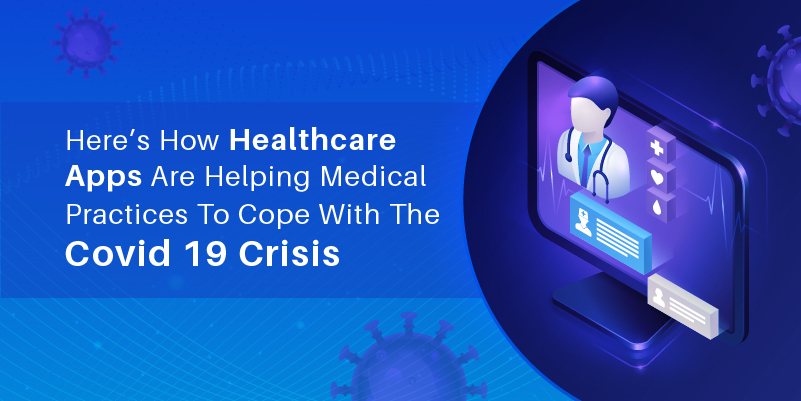COVID-19 has changed the complexion of the healthcare industry. Medical practices and health systems have turned to technology to help them tide over this unprecedented crisis. Innovation and connectivity are the need of the hour.
Healthcare providers are finding secure and quick ways to connect with patients through Smartphones and cyber networks to make care more accessible.
Adapting To A New Normal…
Early this year, when the first U.S patient with COVID-19 sought medical care at the Providence Regional Medical Center Everett , offering high quality care was a challenge.
The healthcare institution had to safeguard its staff and patients against the rapidly spreading virus.
The health facility deployed telemedicine carts. Video cameras and telemedicine equipment were placed inside the patient’s room. This enabled physicians to provide patient care without being physically present at the patient’s side.
Dr.Todd Czartoski, chief medical technology officer at Providence in an interview with Modern Healthcare, shared that they had people outside the room talking to and evaluating the patient through an electronic stethoscope. It helped keep the communication lines open without exposing physicians to the virus.
This is just an example of how healthcare professionals are utilizing technology to adapt to the new normal.
Alternatives to Face-to-face Consultation
The pandemic has made physicians seek alternatives to face-to-face patient encounters. Communication products and platforms such as Zoom for healthcare, Doxy.me are being actively sought.
Appointment requests for virtual consultations and video visits have skyrocketed as doctors explore ways to prevent overcrowded ERs and jam-packed appointment schedules.
Federal and private payers are providing coverage and reimbursement for virtual care.
The Growing Need For HIPAA Compliant mHealth Products
The healthcare landscape has rapidly evolved over the last decade. The rise of high deductible healthcare plans and evolving regulatory changes that emphasize the need for patients to become active participants in the care equation, has led to several major changes.
The most notable being the breaking down of silos. For years patient data and provider information lay behind impenetrable fortresses that made critical care data inaccessible.
EHRs and the demand for interoperable systems have slowly paved the way for more easily accessible medical data. Patients have become consumers in the new healthcare marketplace, and like consumers across all industries, demand easier access and a better way to get things done.
The Major Benefits Of mHealth Apps
Apart from encouraging and increasing patient participation in their health, healthcare apps also have huge cost saving benefits. Point-of-care clinical apps can save multiple trips to the hospital for patients and enable physicians to provide diagnosis and treatment more efficiently. Unnecessary operational expenditure can be saved. By cutting back on healthcare utilization costs, technology can finally help the industry to achieve its triple aim of reducing costs, improving quality of care and making affordable healthcare more accessible for all.
Would you like to build a completely HIPAA compliant healthcare app for your medical practice? Talk to our healthcare tech expert today.
